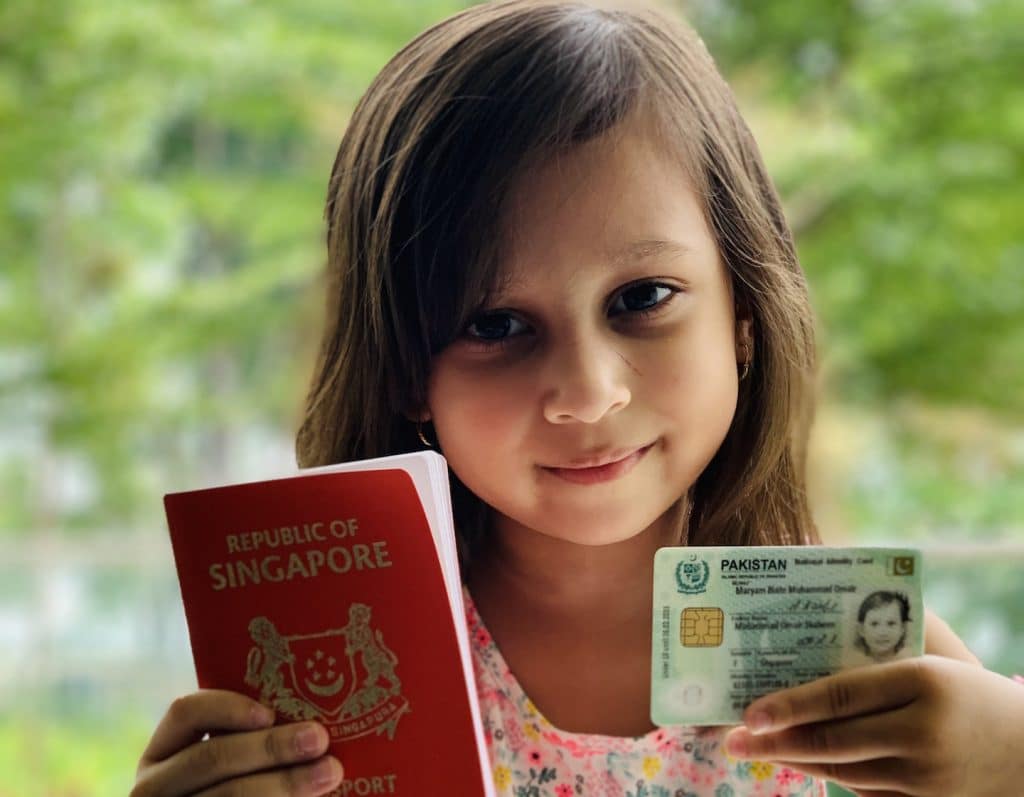
A Singaporean mama who lives abroad reckons with teaching her daughters about their Singaporean heritage, and how to be proud of their dual identity
We are living in a world where marriages between people of different nationalities are fast becoming a norm — as are dual identity children (or “third culture kids”). My daughters are both Singaporean and Pakistani, and I cannot count the number of times I have seen my older girl, Maryam, get confused about her identity.
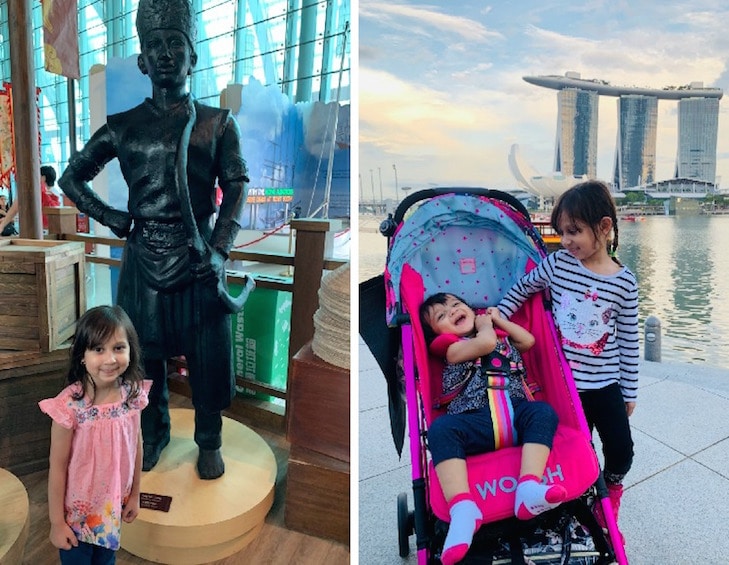
For example, with National Day just around the corner, my nephews have been singing and dancing to National Day songs. It has been nice watching Maryam join them, soaking in the “Singapore spirit” and learning the songs that I used to sing with pride in school.
But as she was singing along, one of her cousins joked that she shouldn’t be singing it, as she’s a Pakistani who lives in Pakistan. A look of confusion took over my daughter’s face, and she instantly went silent.
She came to my side and whispered, “I thought you said I am a Singaporean?”
“You are a Singaporean, my love, just like me, and you are also a Pakistani, just like Papa,” I told her.
“But how come you are only Singaporean, and Papa is only Pakistani, and I am both?” she asked.
Being dual identity can be really confusing for a child, especially if they are constantly made to feel that they are lacking in attributes to be fully embraced as one or the other.
Read more: Tips on Belonging and Identity for Multi-Nationality and Third Culture Kids
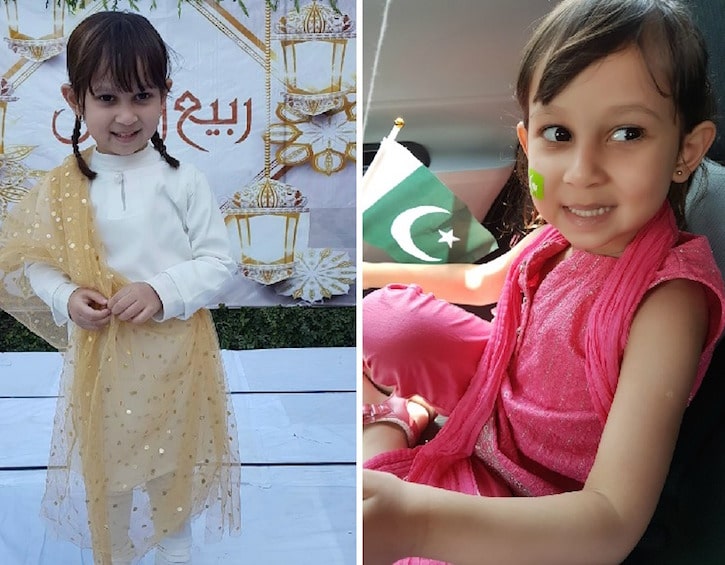
Sitting all the kids down, I explained to them how she is both. It was a learning moment for both my child and my nephews as they began to understand that she is just as Singaporean as they are, and is as much a Pakistani as her dad is.
As if raising children is not hard enough, things can get even tougher when you are raising dual identity kids, especially if you want them to embrace both their identities. Over the years, I have come to realise that communication and exposure is very important to help them understand who they are and connect to their identities.
From a very young age, Maryam has been exposed to the dynamics of both countries that her parents are from. She has been a part of national events in Pakistan, donning the green and white of the country during Pakistan Day and Independence Day, and she has been in red and white during Singapore’s National Day, and learning the national and traditional songs of both countries. We have been educating her on the histories of both countries, and sharing with her the similarities and differences that exist in both societies.
Read more: Celebrating Multicultural Families in Singapore
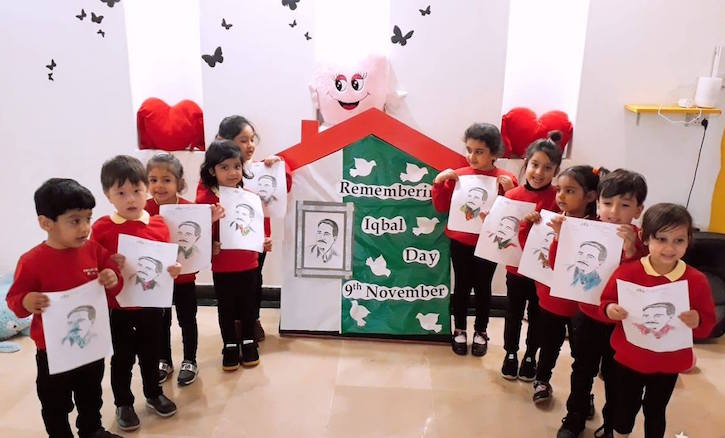
In school (she’s currently enrolled in a preschool in Pakistan), she is educated about her Pakistani identity, and at home, we answer any question she may have. We have brought her to museums and historical sites in Pakistan, even ones that dates back to the 8th century! But of course, there have been times when she has gotten confused — for example, during a conversation with her friends, when everyone was sharing about the ancestral villages of their parents, Maryam told them that her village is Singapore!
Recently, on an extended trip back home, I have observed that Maryam has had more questions about her identities and her surroundings. She has been asking more about the different races that she sees around her, how both countries came into being, and so much more. I encourage her to ask away, because it allows me to help her understand who she is.
To answer her questions, I have been taking her around Singapore to share with her more about this beautiful island I call my home. We have been to the Singapore River, where I shared with her how it was the heart of Singapore, to the Maritime Museum, where she learnt about how Singapore was, and still is, an important port. I have shared with her the importance of multiculturalism and mutual respect for different races and religions.
Read more: Our Favourite Kid-Friendly Museums in Singapore
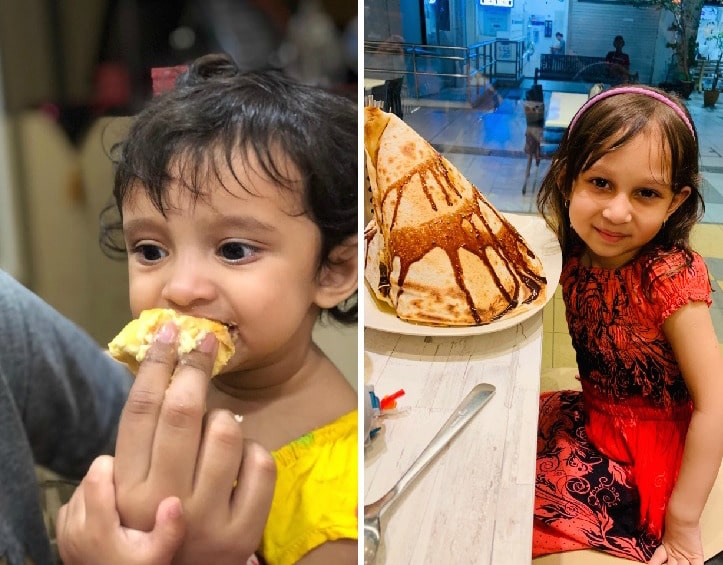
Food is also an important component in developing one’s national identity, especially in Singapore! I have made it a point to introduce my girls to a variety of dishes from both Singapore and Pakistan, and of course cuisines from other countries, too. Maryam loves Singaporean style soups, bakso, chicken rice and prata. At the same time, she enjoys having Pakistani dishes like daal (yellow lentils), pulao and the assortment of mithai, especially burfi (a milk based sweet treat). There have been times when she decides to actually incorporates dishes from both countries during meal times, blending together two culture on her plate. I tried introducing her to durians, but she was too put off by the smell to even try it! My one-year-old, on the other hand, absolutely loves durians and demands it!
As parents of dual identity kids, I think it is very important for us to play an active role in educating them as much as we can, to equip them with the necessary skills and information that they will need as they grow older, and to make sense of the societies that they live in. Encourage questions and discussions, and for younger kids, it is best to bring the histories and development of both countries to life by visually exposing them to it, rather than just through stories.
However, do note that it is not easy trying to navigate both identities equally, because trust me, there have been times where our own biases towards our own home countries have seeped in. It is important to remember that we want them to develop a sense of patriotism and love for both countries, and not a sense of superiority of one identity over the other!
Read more:
Singapore Mama Syahirah Anwar on Life Abroad in Pakistan
What I Learned Doing National Service as an “Other”

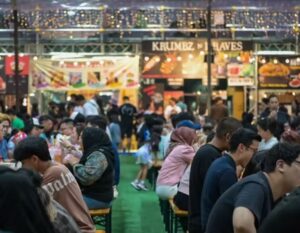
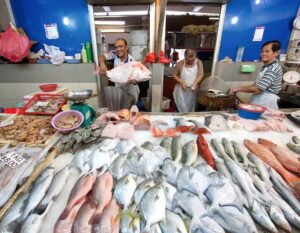


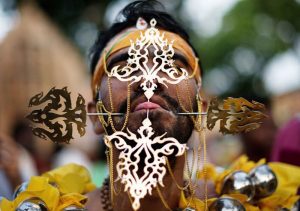
 View All
View All





 View All
View All

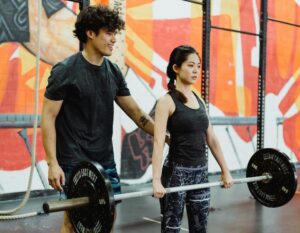

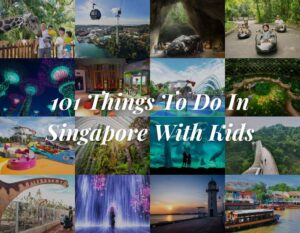

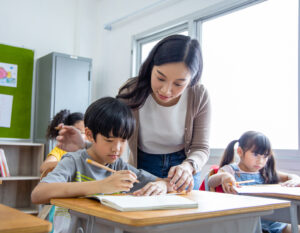

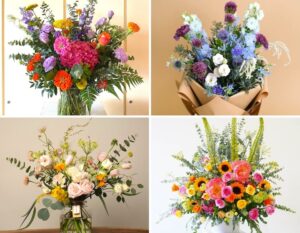

 View All
View All






